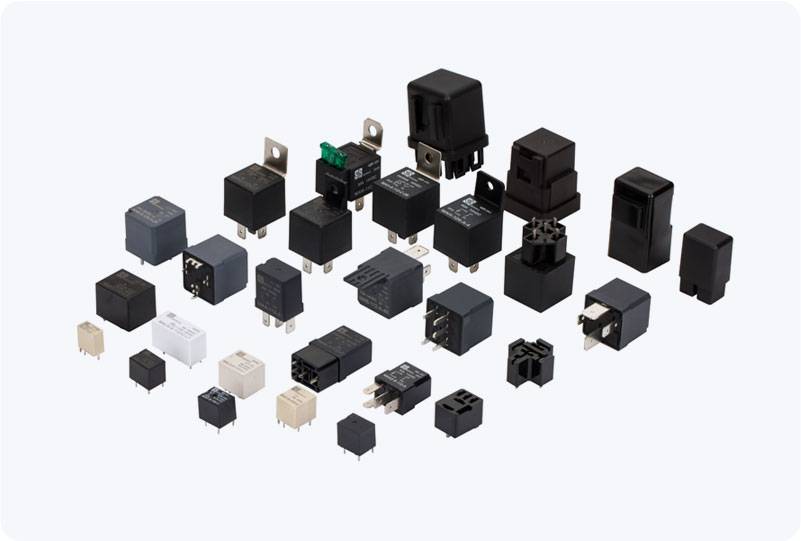The rapid advancement of wireless communication technologies has significantly reshaped the way we interact with everyday devices. Among these innovations, Zigbee stands out as a versatile and reliable protocol, especially when it comes to home automation and the Internet of Things (IoT). One of the key components that make Zigbee technology so effective is the Zigbee Relay Module, a crucial tool for enabling wireless control of electrical devices. In this article, we will explore the features, applications, and benefits of the Zigbee Relay Module, shedding light on how it contributes to smarter, more efficient systems in various industries.

What is a Zigbee Relay Module? A Zigbee Relay Module is a small device that integrates Zigbee’s low-power, wireless communication protocol with a relay, allowing it to control electrical devices remotely. Essentially, it acts as an intermediary between a Zigbee network and the physical devices it controls, enabling users to turn appliances on or off from a distance. By leveraging Zigbee’s mesh networking capabilities, the Zigbee Relay Module ensures seamless communication between multiple devices, even in challenging environments. Key Features of the Zigbee Relay Module Wireless Control: The most significant feature of the Zigbee Relay Module is its ability to remotely control electrical devices through Zigbee wireless communication. This eliminates the need for traditional wired control systems and allows for greater flexibility in device placement.